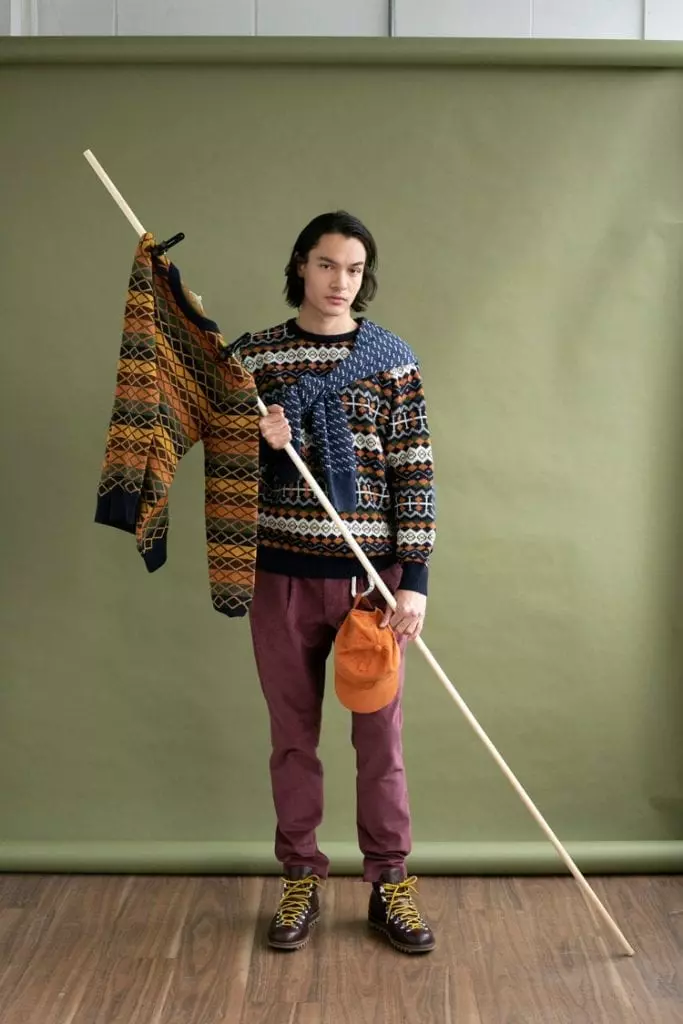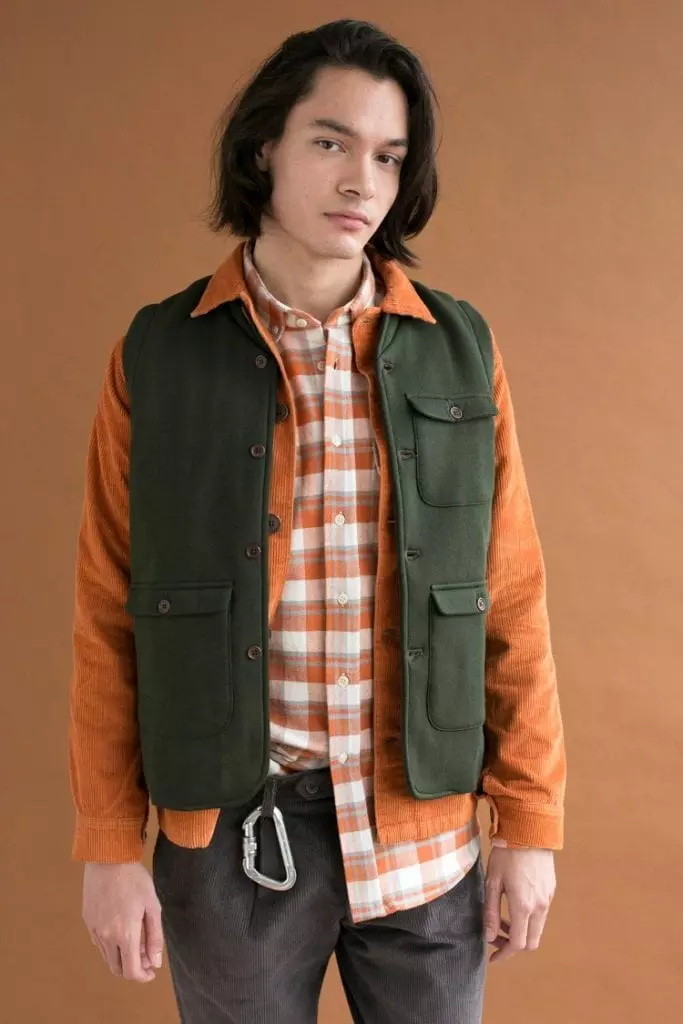J-B-J
www.j-b-j.com Unless you count denim and casual brands such as G-Star, Kings of Indigo, or Scotch and Soda, the Netherlands is unusual among European countries in that it lacks a distinct fashion identity of its own; instead largely aligning with the utilitarian minimalism of its northern neighbors, rather than the more avant-garde influences emanating from the Belgians to the south.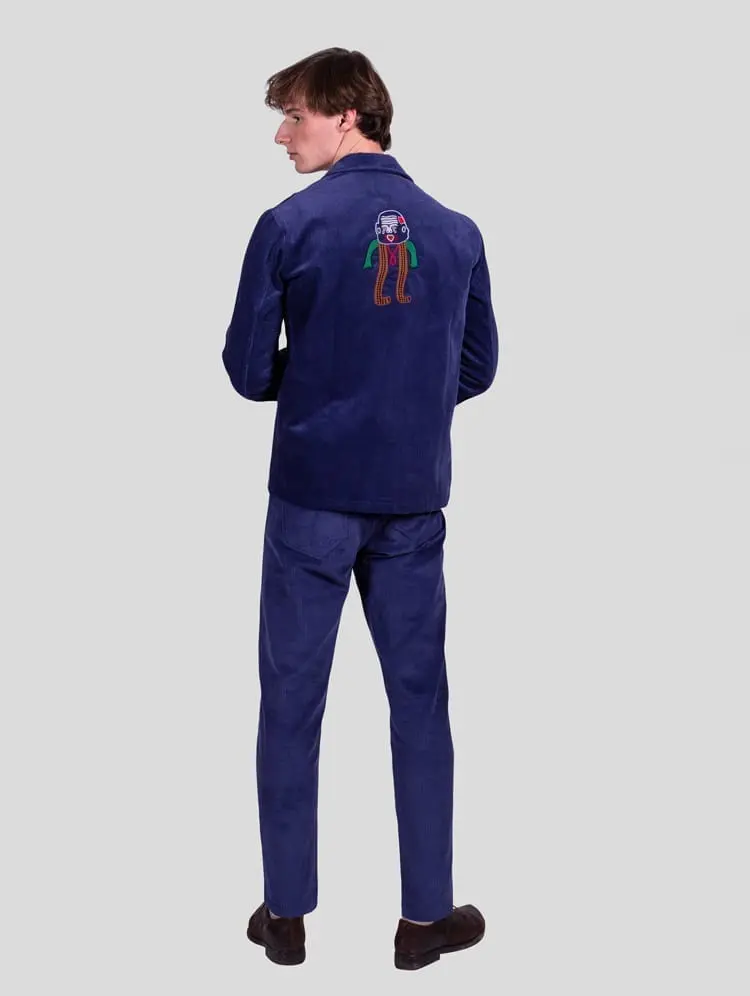

Crossley
www.crossley.it With a solid 12 years of production already under its belt, Crossley is by no means new to the world of menswear. It is, however, a label that was entirely new to us.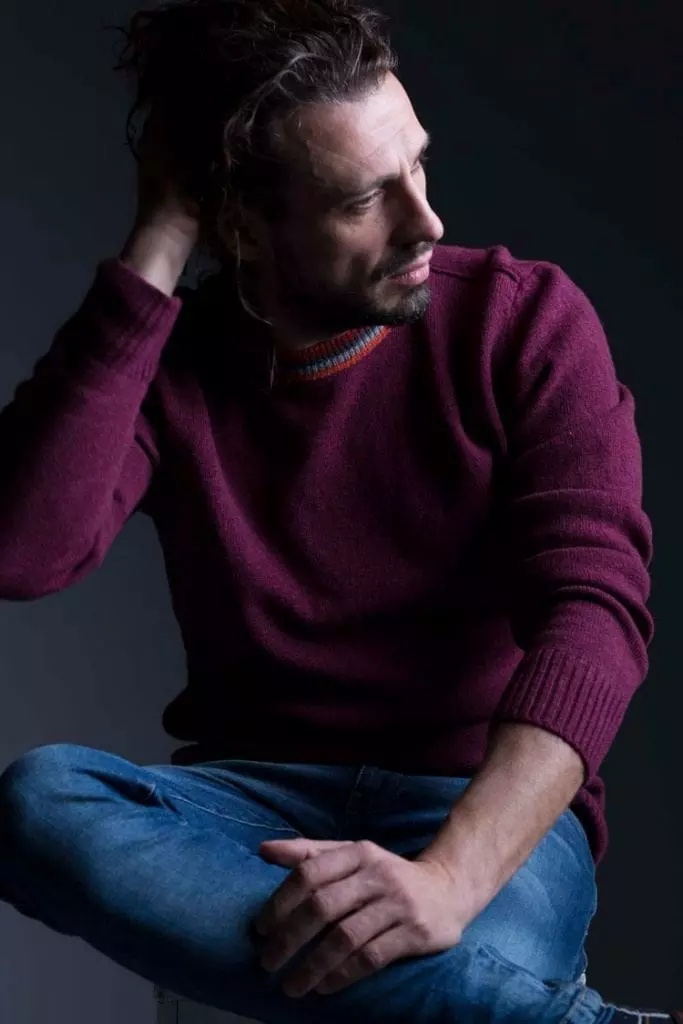
Shoto
Shoto Shoes (Instagram)Many years ago it was brought to my attention that, by a cruel twist of fate, some of the most stylish people in the world are, well, homeless bums. The heavy layering, the unconventional pairing of garments, the creative solutions to practical problems; all topped off with Captain Jack Sparrow’s hair. Evidently a combination of acute economic necessity and a touch of mental illness can do wonders for one’s style credentials.
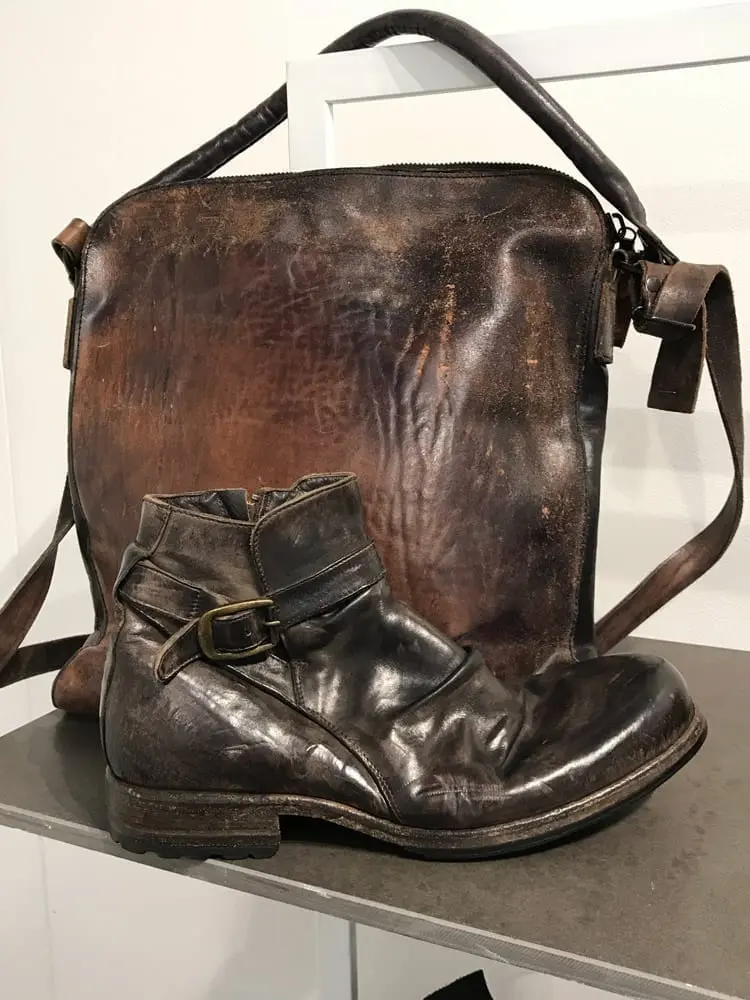

Beaugan
http://beaugan.com High on my list of personal priorities at Pitti 95 was a visit to a small “exhibition” co-curated by the Bergen-based bespoke tailor and designer T. Michael. Sadly though, the event was somewhat lower down my list of professional priorities, and thus it was only in the last hours of Pitti that I made it into the upstairs showroom.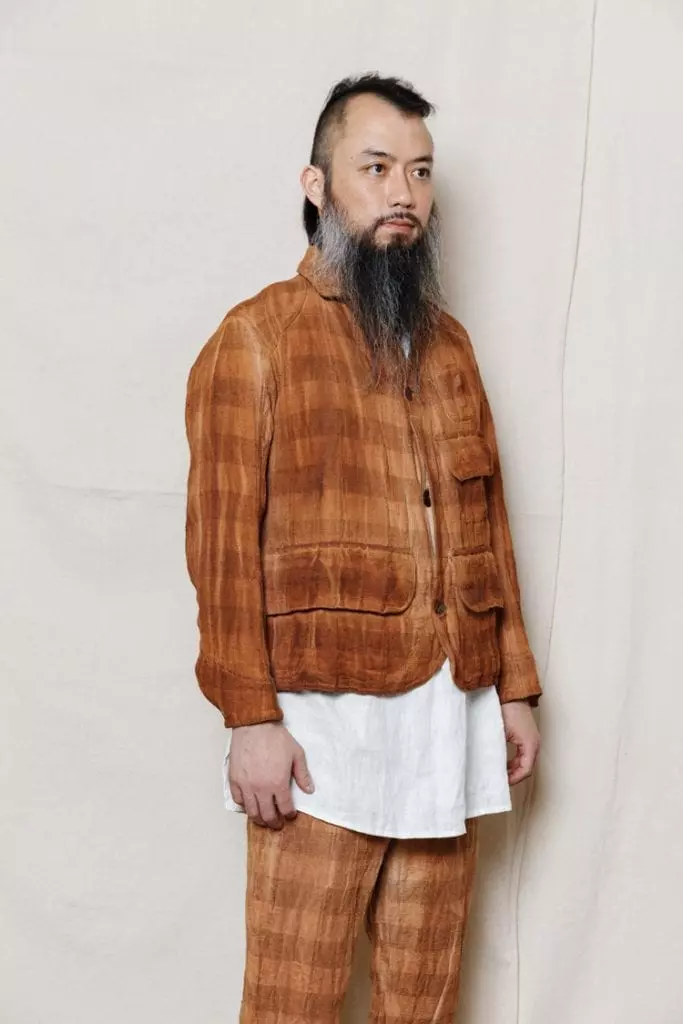
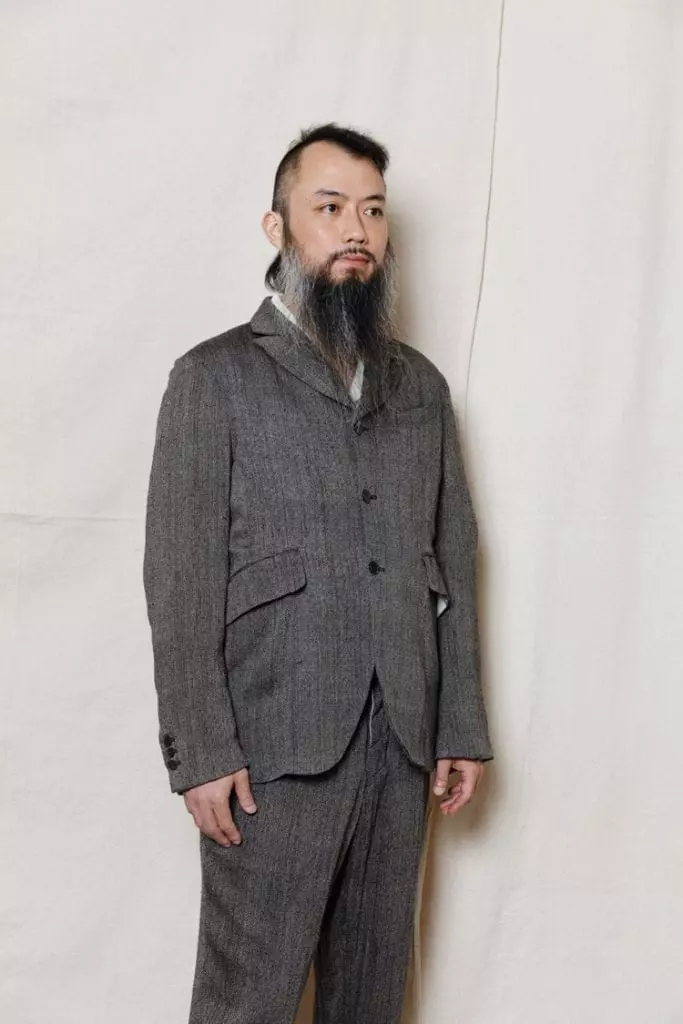
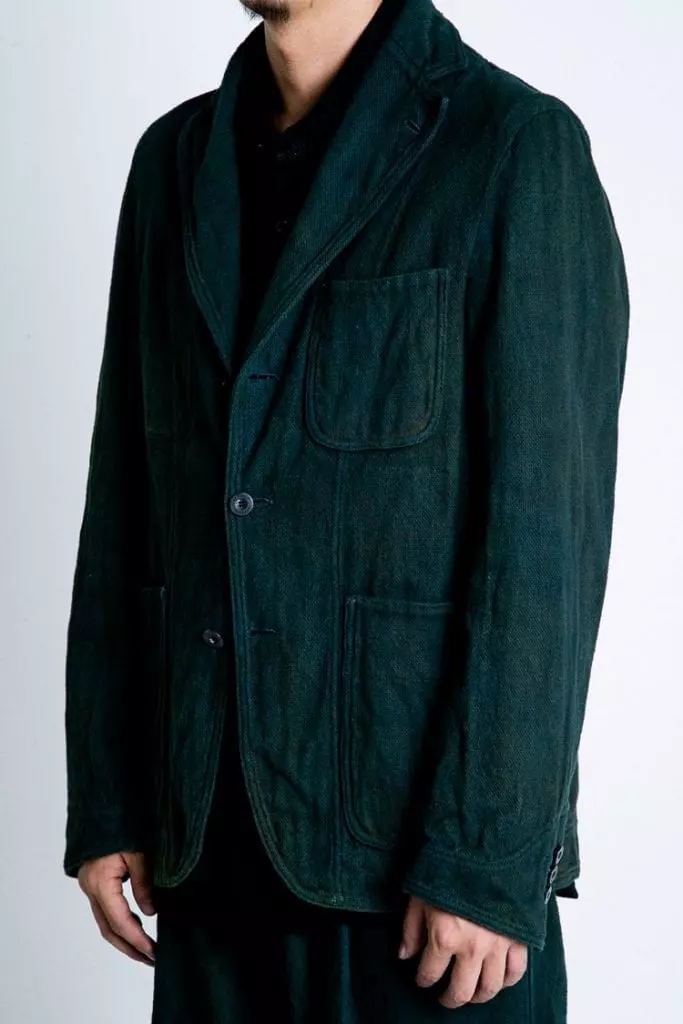
Lamler
www.lamler.com While the words “fashion designer” may evoke images of a temperamental and artistic prodigy appeasing the inner demons through iconoclastic sartorial expression, the reality is that a clothing brand is first and foremost a business. So rather than being creative visionaries, the people behind many successful labels are just as likely to be serial entrepreneurs or investors who saw a potential gap in the market, and then simply attempted to fill it – just as they would a gap in the market for non-drip garden hoses or luxury toilet paper. Not so British trenchcoat makers Lamler. The creative vision behind Lamler is Helen Plummer. She’s running a business, too, of course, but she’s also an accomplished fine artist in her own right. So the Lamler studio not only produces trench coats, but also paintings.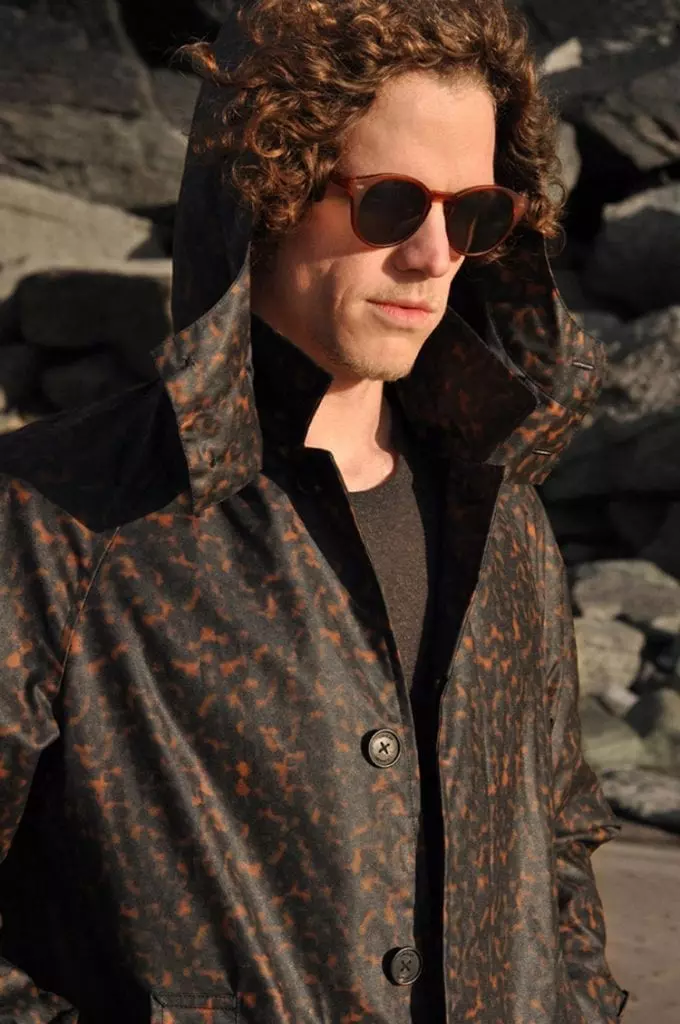
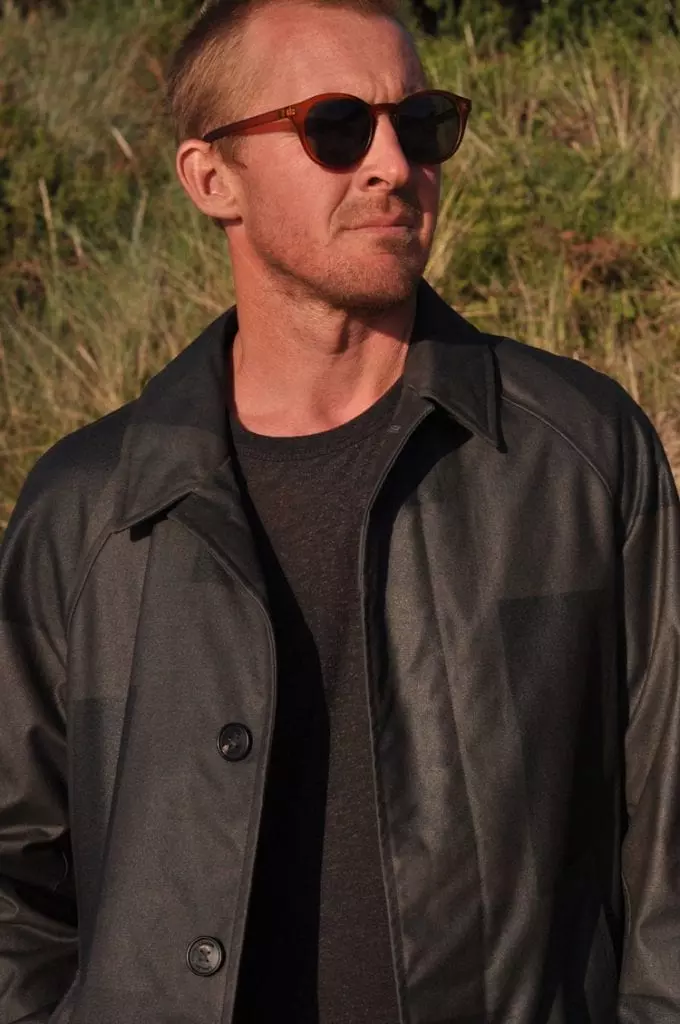
Rolf Ekroth
www.instagram.com/rolf_ekroth/ Finnish-Swedish designer Rolf Ekroth freely admits to having spent much of his adult life as a directionless and unfocused drifter. In an earlier incarnation he studied psychology, and then worked as everything from a social worker to a professional poker player – before ruling out each of these avenues for being incompatible with his personality.
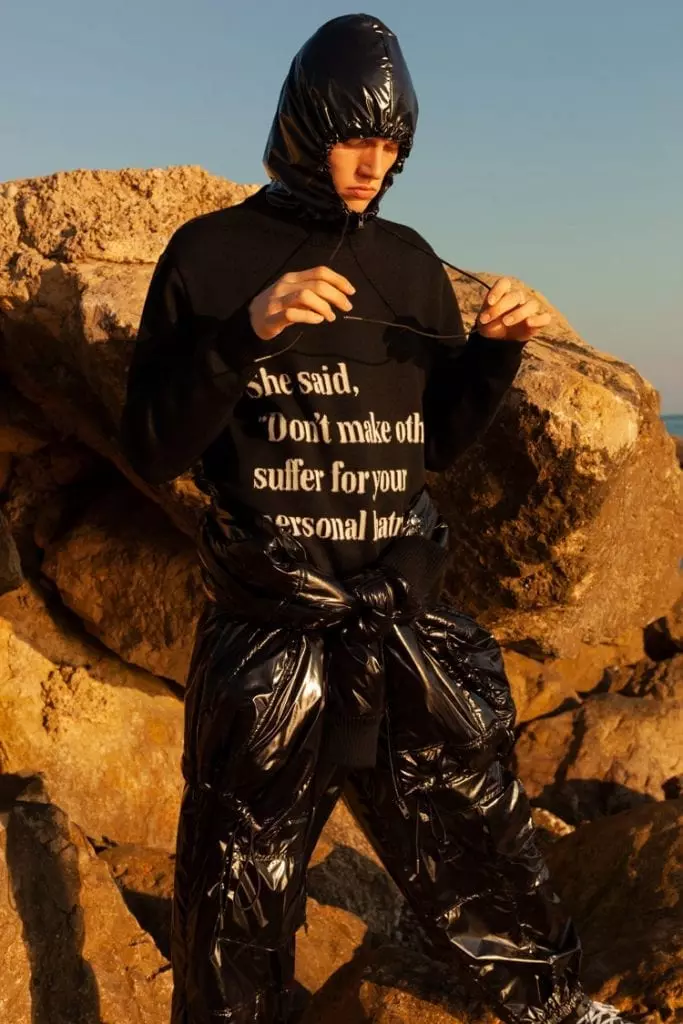
Lovat&Green
www.lovatandgreen.com Countries such as China, Vietnam, Bangladesh and India continue to be seen as – and indeed most frequently used as – budget cutting shops for the production of inferior garments at rockbottom prices. Yet these are countries populated by as many, if not more, skilled artisans as any other nation. It’s just that we as consumers generally don’t value the skills these people have to offer. We simply want them to make “our” stuff, only cheaper.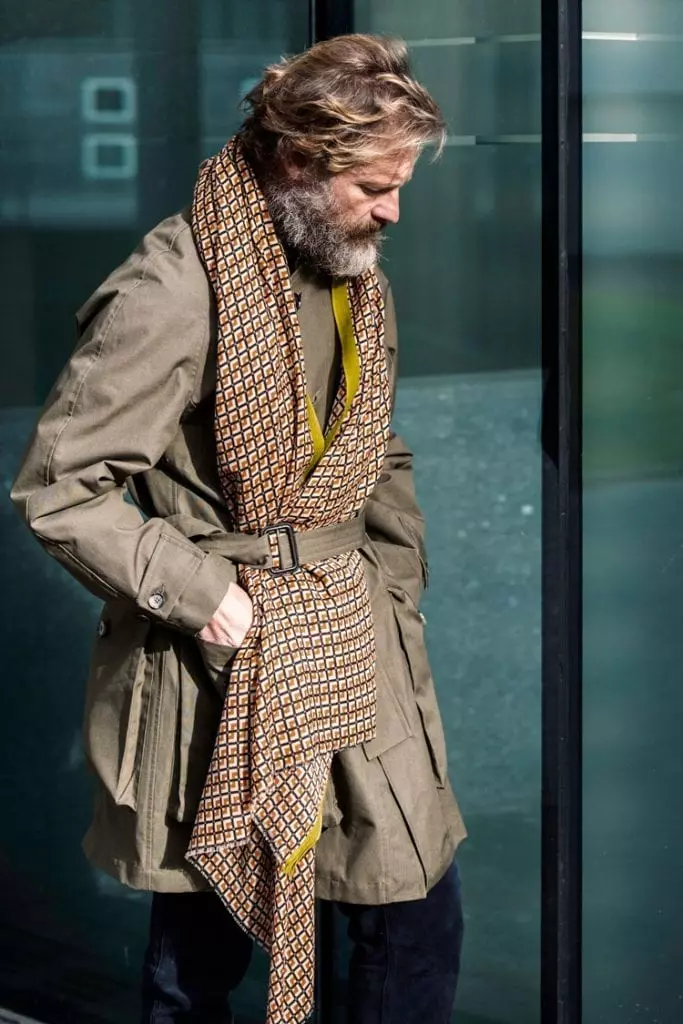
Far Afield
www.farafield.ukThere I was, thinking to myself that you really can’t beat the Italians when it comes to bold, eccentric knitwear, when I chanced upon Far Afield. The brand was a carnival of color and pattern in an exhibition hall otherwise largely populated by booth after booth of tasteful workwear-inspired brain-death.
